 5
5 14. E 2.0 m/s^2
Initially, a 20 N force is applied to the block, so it has an acceleration of 3.9 m/s^2. According to Newton's law, the mass of the block is:

In the second situation, a force of 10 N is applied to the block. Since the mass is still the same, the acceleration now is:

So, approximately 2.0 m/s^2.
15. C. 866 N at 78.1° counterclockwise to the x-axis
Resultant along the x- and y-axis:


Magnitude and direction of the resultant:


16. D. 1720 N
Since the sphere is suspended, it is in equilibrium, therefore the tension in the chain is equal to the weight of the sphere attached to it, therefore:

17. C. A
This arrangement generates the largest tension in the chain, because in all other arrangements the weight of the object is split between the two chains, while in this case all the weight is hold by one chain, therefore the tension in this case is larger.
18. Straight path
The gravity "holds" the planets keeping them in a circular orbit. If we remove gravity, the planets would continue in a straight path with constant speed, because now there are no more forces acting on it, so by inertia they will continue their uniform motion with constant speed.
19. B. 1.6 × 104 N
First we can find the deceleration of the car by using the SUVAT equation:

where v=0 m/s, u=2 m/s, and S=15 cm=0.15 m. Re-arranging, we have

And now we can calculate the average force exerted on the car, by using Newton's second law:

(the negative sign means that the force's direction is opposite to the motion of the car)
20. A. magnetism
Magnetism is part of the electromagnetic force, which is one of the fundamental forces which act also through empty space. All the other forces need some object in order to act.
21. E. 45 N
The magnitude of the force in link A is equal to the weight of the rod plus the weight of the lower block, therefore:

22. C. on Earth at sea level
The weight of the bowling ball is given by:  , where m is the mass of the ball and g is the acceleration due to gravity. The value of g increases when moving from the Earth's center to the Earth's surface, then decreases when moving far from the surface, so the point where g is greatest is at sea level, where it is 9.81 m/s^2. On the surface of the Moon, g is much smaller (about 1/6 of the value on Earth).
, where m is the mass of the ball and g is the acceleration due to gravity. The value of g increases when moving from the Earth's center to the Earth's surface, then decreases when moving far from the surface, so the point where g is greatest is at sea level, where it is 9.81 m/s^2. On the surface of the Moon, g is much smaller (about 1/6 of the value on Earth).
23. A. 0.5 m/s2
The acceleration of the block is given by Newton's second law:

24. D. Both forces are equal in magnitude but opposite in direction.
According to Newton's third law: if an object A exerts a force on an object B, then object B exerts a force equal and opposite on object B. In this case, objects A and B are the bat and the baseball, therefore the two forces are equal in magnitude and opposite in direction.
25. B. 2940 N
The mass of the boulder is equal to its weight divided by the acceleration of gravity (9.81 m/s^2):

So now we can calculate the force needed to accelerate the boulder to 12.0 m/s^2:

26. D. 32.2 N
The weight of the object on Mercury is given by:

 5
5 14. E 2.0 m/s^2
Initially, a 20 N force is applied to the block, so it has an acceleration of 3.9 m/s^2. According to Newton's law, the mass of the block is:

In the second situation, a force of 10 N is applied to the block. Since the mass is still the same, the acceleration now is:

So, approximately 2.0 m/s^2.
15. C. 866 N at 78.1° counterclockwise to the x-axis
Resultant along the x- and y-axis:


Magnitude and direction of the resultant:


16. D. 1720 N
Since the sphere is suspended, it is in equilibrium, therefore the tension in the chain is equal to the weight of the sphere attached to it, therefore:

17. C. A
This arrangement generates the largest tension in the chain, because in all other arrangements the weight of the object is split between the two chains, while in this case all the weight is hold by one chain, therefore the tension in this case is larger.
18. Straight path
The gravity "holds" the planets keeping them in a circular orbit. If we remove gravity, the planets would continue in a straight path with constant speed, because now there are no more forces acting on it, so by inertia they will continue their uniform motion with constant speed.
19. B. 1.6 × 104 N
First we can find the deceleration of the car by using the SUVAT equation:

where v=0 m/s, u=2 m/s, and S=15 cm=0.15 m. Re-arranging, we have

And now we can calculate the average force exerted on the car, by using Newton's second law:

(the negative sign means that the force's direction is opposite to the motion of the car)
20. A. magnetism
Magnetism is part of the electromagnetic force, which is one of the fundamental forces which act also through empty space. All the other forces need some object in order to act.
21. E. 45 N
The magnitude of the force in link A is equal to the weight of the rod plus the weight of the lower block, therefore:

22. C. on Earth at sea level
The weight of the bowling ball is given by:  , where m is the mass of the ball and g is the acceleration due to gravity. The value of g increases when moving from the Earth's center to the Earth's surface, then decreases when moving far from the surface, so the point where g is greatest is at sea level, where it is 9.81 m/s^2. On the surface of the Moon, g is much smaller (about 1/6 of the value on Earth).
, where m is the mass of the ball and g is the acceleration due to gravity. The value of g increases when moving from the Earth's center to the Earth's surface, then decreases when moving far from the surface, so the point where g is greatest is at sea level, where it is 9.81 m/s^2. On the surface of the Moon, g is much smaller (about 1/6 of the value on Earth).
23. A. 0.5 m/s2
The acceleration of the block is given by Newton's second law:

24. D. Both forces are equal in magnitude but opposite in direction.
According to Newton's third law: if an object A exerts a force on an object B, then object B exerts a force equal and opposite on object B. In this case, objects A and B are the bat and the baseball, therefore the two forces are equal in magnitude and opposite in direction.
25. B. 2940 N
The mass of the boulder is equal to its weight divided by the acceleration of gravity (9.81 m/s^2):

So now we can calculate the force needed to accelerate the boulder to 12.0 m/s^2:

26. D. 32.2 N
The weight of the object on Mercury is given by:

In school, Brendan has been conditioned to get up from his seat every time he hears the school bell ring.
Labels are :

One parrot species that feeds on large seeds nests is in the same tree as a parakeet that feeds on small seeds, they occupy different niches.
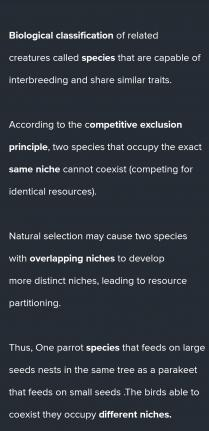
Myths about aging :
Depression and loneliness are normal in older adults. ...
The older I get, the less sleep I need. ...
Older adults can't learn new things. ...
It is inevitable that older people will get dementia. ...
Older adults should take it easy and avoid exercise so they don't get injured.
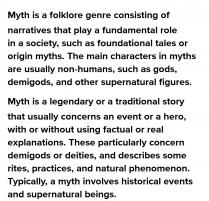
Explanation: with a great tolerance to a wide range of conditions the species would adapt and thrive which would allow it to reproduce and have all it needs to survive, grow, and take over.
Answer : 900 kg pumpkins
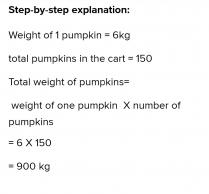
Need this store of protein:
The seed consists of three components: embryo, endosperm (sometimes perisperm), and seed-coat. Both endosperm and embryo are the products of double fertilization, whereas the seed-coat develops from the maternal, ovular tissues. The seed habit is a significant advancement in the evolution of higher plants.
Anatomy of seed :-
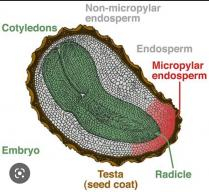
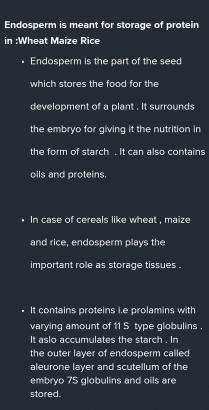
Seed storage proteins provide a source of amino acids and reduced N necessary for germination and early growth of the seedling.
Consumers are dissatisfied with the way that large corporate farms are treating nature's natural resources.
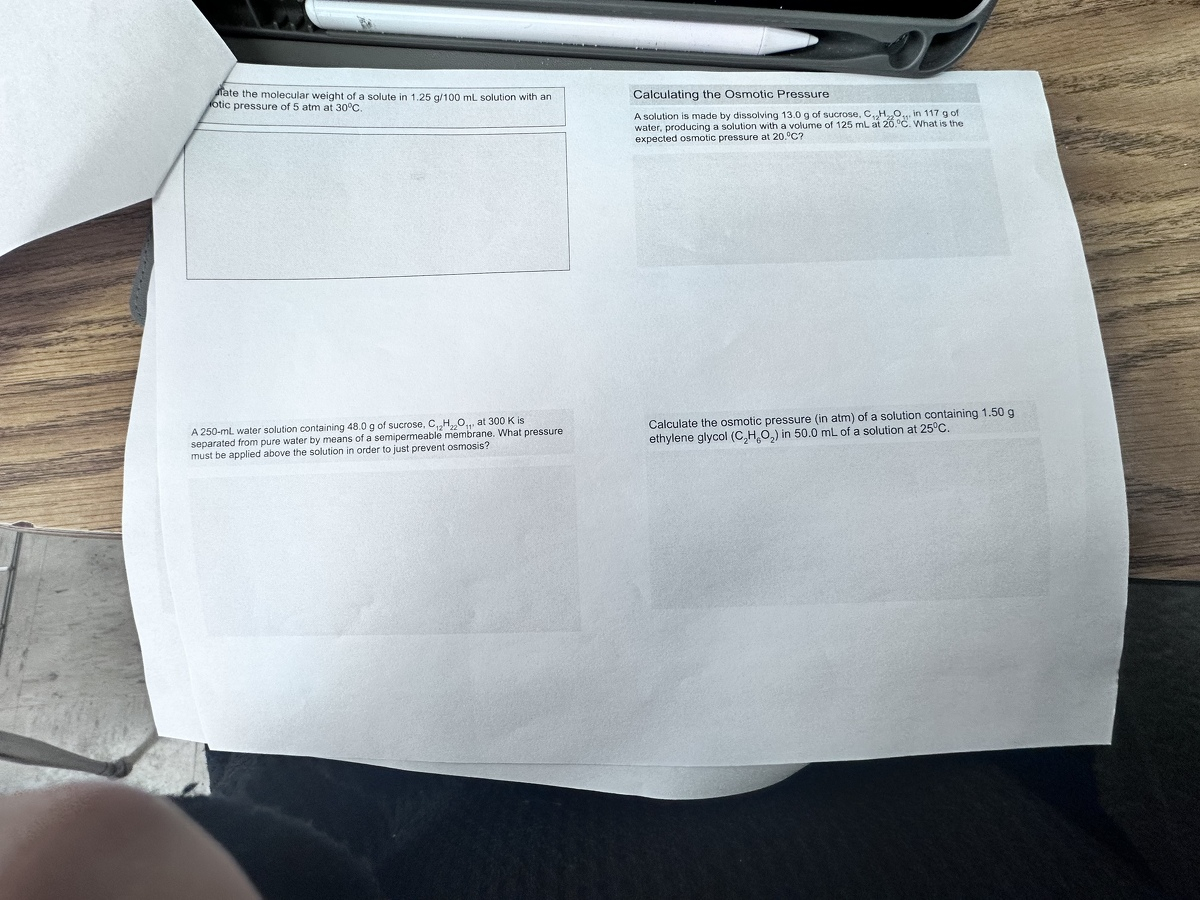
Fungi are a food source for animals and humans. Fungi produce oxygen to breathe. Fungi destroy rocks and minerals. Fungi are natural recyclers.
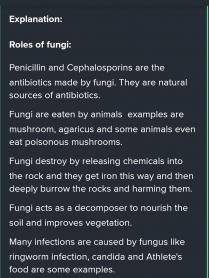

It will provide an instant answer!
